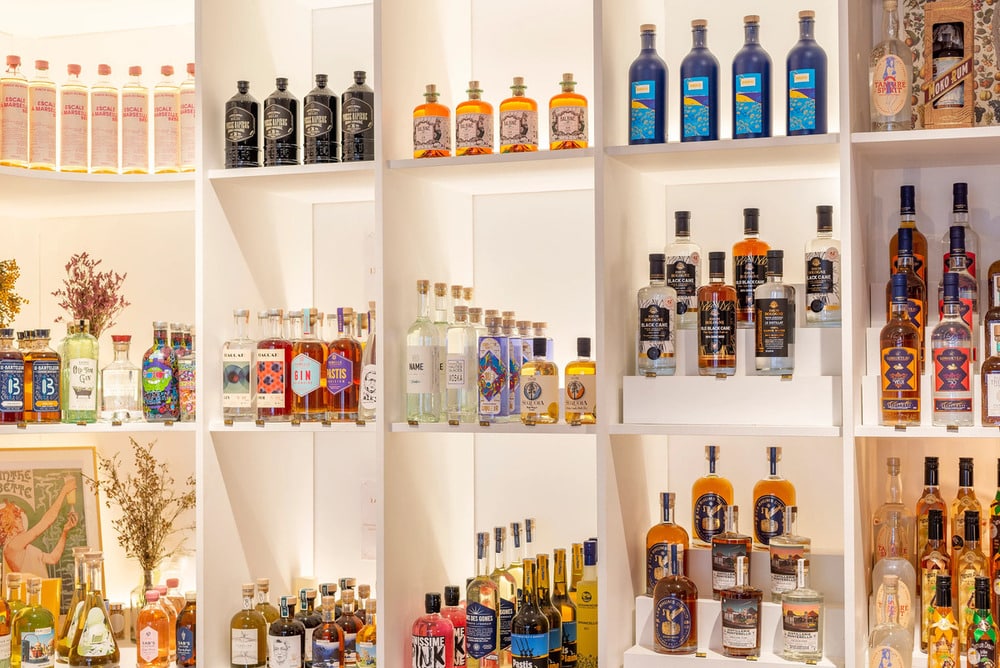Photo courtesy of LCMB
In the heady world of French alcohol, spirits often find themselves either overshadowed by the prominence of wine or pigeonholed as traditional libations, more commonly associated with countryside settings. However, one company is seeking to challenge this perception and usher French spirits into the modern age.
SUBSCRIBE TO THE MAGAZINE
Featured in our July/August 2024 magazine, La Compagnie du Mieux Boire was founded in 2020 and emerged from a desire to revolutionize the way people approach drinking, setting the same high standards as those already applied to Parisian food, fashion, and lifestyle. Having previously shared some of their exquisite French cocktail recipes for summer, they’re back to give you a hand in crafting your own signature drinks at home.
Read on to discover their expert advice!
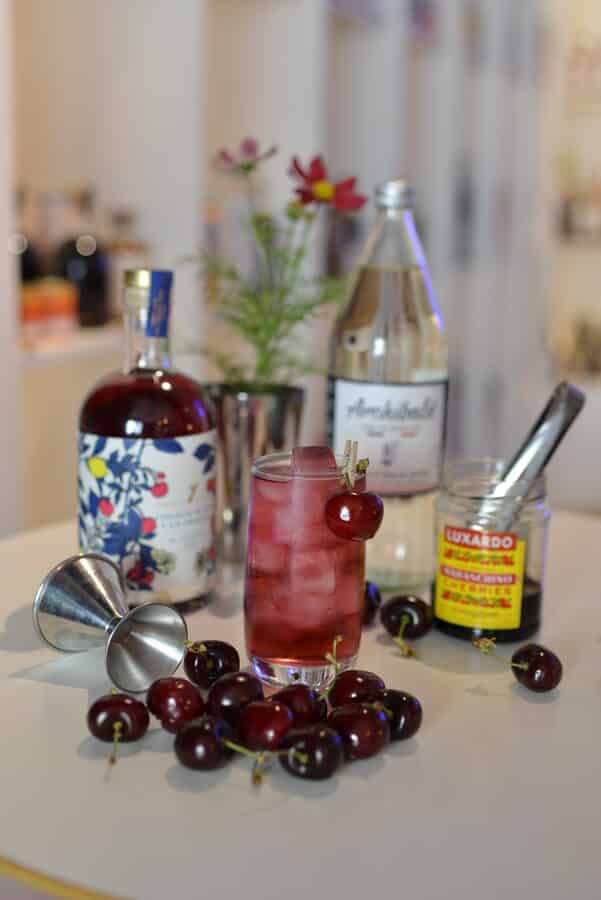
Types of Cocktails
Are you hosting friends or family and want to impress your guests with homemade cocktails? Here’s everything you need to know to get started.
There are two main types of cocktails:
- The short drink is a cocktail whose volume does not exceed 4 oz (12 cl).
- The long (or tall) drink is one where the alcohol is diluted in a mixer (soda, sparkling water, juice, etc.) with a volume greater than 4 oz (12 cl).
Glassware for Different Cocktails
When selecting glassware, it’s essential for a cocktail to adhere to the vessel’s proportions to preserve both its visual appeal and functionality. Typically, leave about a centimeter (1/2 inch) of space at the top. Here’s the breakdown:
- The highball glass is suited for long drinks, accommodating plenty of ice to keep your cocktail cool for hours. It holds approximately 6.5 ounces (20 cl) of liquid.
- For shorter drinks enjoyed over time, opt for a rocks glass. It can hold a few ice cubes or a large one and contains around 3.5 ounces (10 cl) of liquid.
- The coupe, with its distinctive shape, isn’t designed to hold ice. It’s best for quickly enjoyed short drinks to prevent them from warming up. It holds about 3.5 ounces (10 cl) of liquid.
- The Martini glass is ideal for swiftly enjoyed short cocktails. It’s often chosen for crafting special drinks like the Cosmopolitan or Espresso Martini and holds approximately 3.5 ounces (10 cl) of liquid.
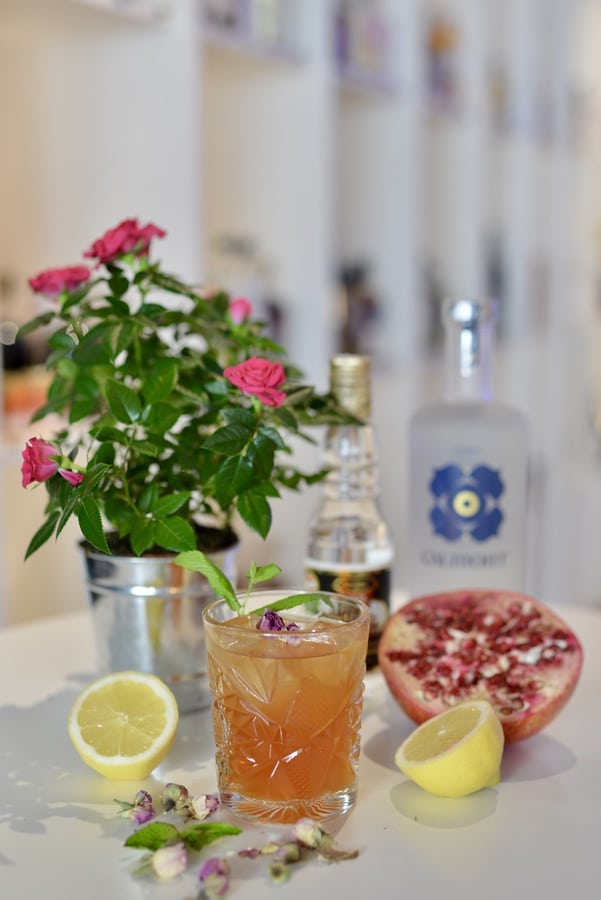
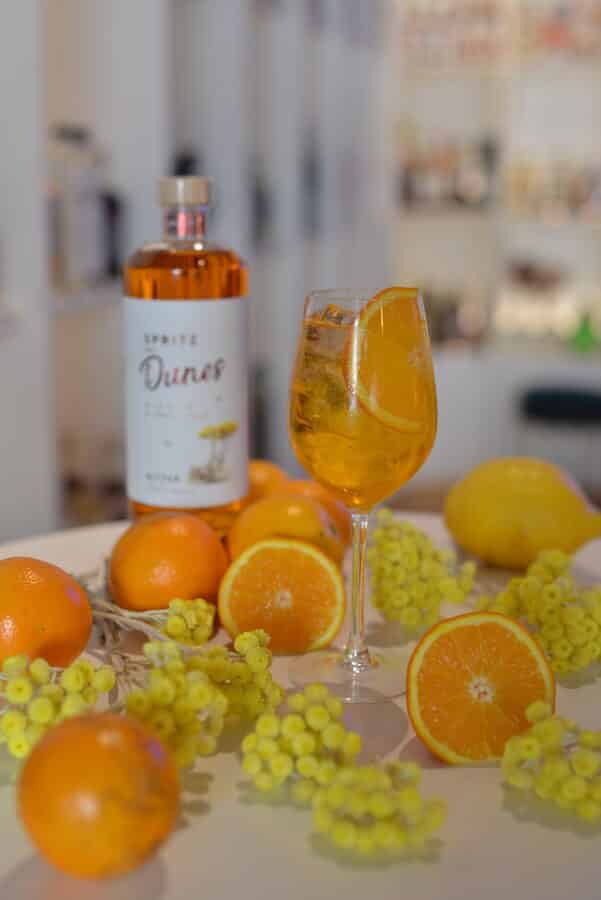
Getting Started
To begin, start with a simple recipe featuring flavors you enjoy. As you become more confident, feel free to experiment by giving your favorite recipes a unique twist, such as swapping out ingredients.
Balancing Your Cocktail
Creating the perfect cocktail involves balancing its key components. Typically, an alcoholic cocktail consists of at least three ingredients:
- A spirit: providing strength and flavor to your drink. Options include vodka, rum, gin, cognac, and more.
- An acidifier: often lemon or lime juice. (Lemons tend to be slightly sweeter and less bitter than limes).
- A sweetening agent: such as a simple or flavored syrup or liqueur.
A standard cocktail usually contains between 2 and 2 ½ parts alcohol, along with approximately 1 part each of acidifier and sweetener. Additional ingredients may include:
- Fruit juice, soda, tonic, or sparkling wines: to extend a long drink cocktail.
- An emulsifier: such as egg white or aquafaba, creating a rich foam atop the glass.
- Bitters: which subtly enhance the flavor.
- Fresh fruit and aromatic herbs: for added tastes and textures.
Depending on your preference, you can adjust the balance of your cocktail. For example, if you enjoy acidic drinks, you can increase the tart elements while decreasing the amount of syrup or liqueurs used. And don’t forget to think about flavor pairings that complement each other, much like in cooking.
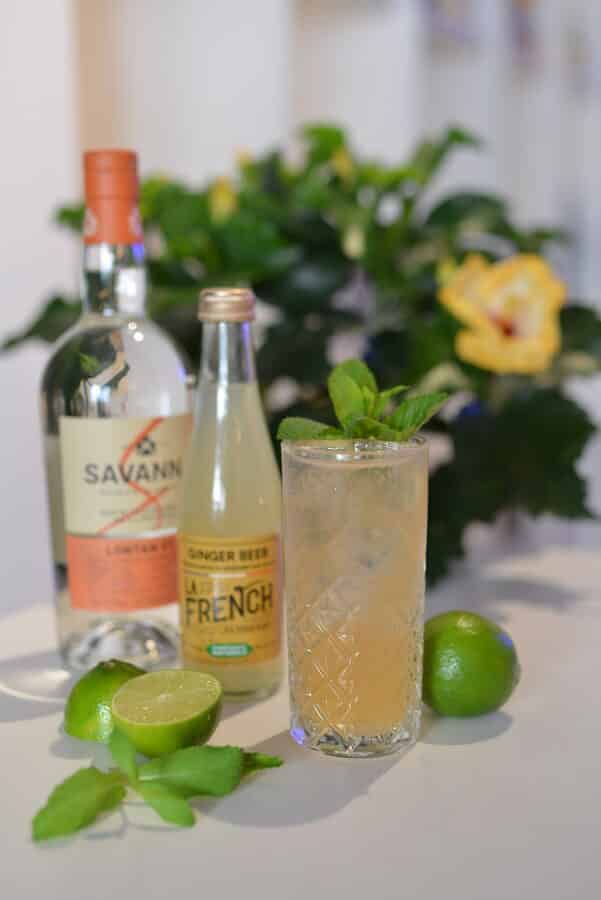
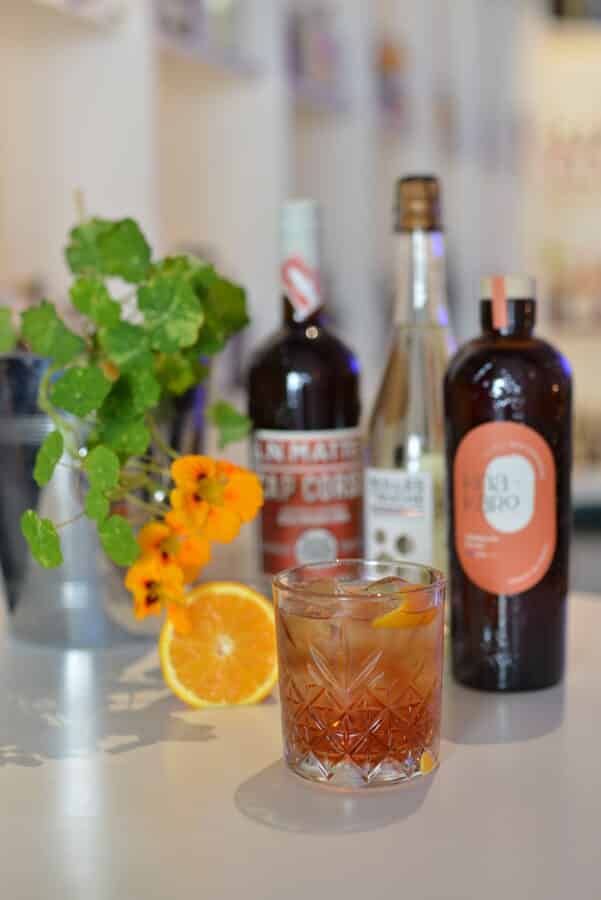
How to Garnish
As for the garnish, it’s a crucial step in enhancing both the appearance and flavor of your cocktail. There are various options you can choose from:
- Citrus peels add essential oils when pressed above the glass and rubbed along the rim.
- Dashes of bitters, when added to foam, add color and subtle flavor.
- Fresh or dehydrated fruit, like lime slices or fruit skewers, add visual allure.
- A rim of salt, fruit powder, or spices around or on the glass imparts color and additional aroma.
Armed with this knowledge, you’re now ready to craft perfect cocktails at home!

